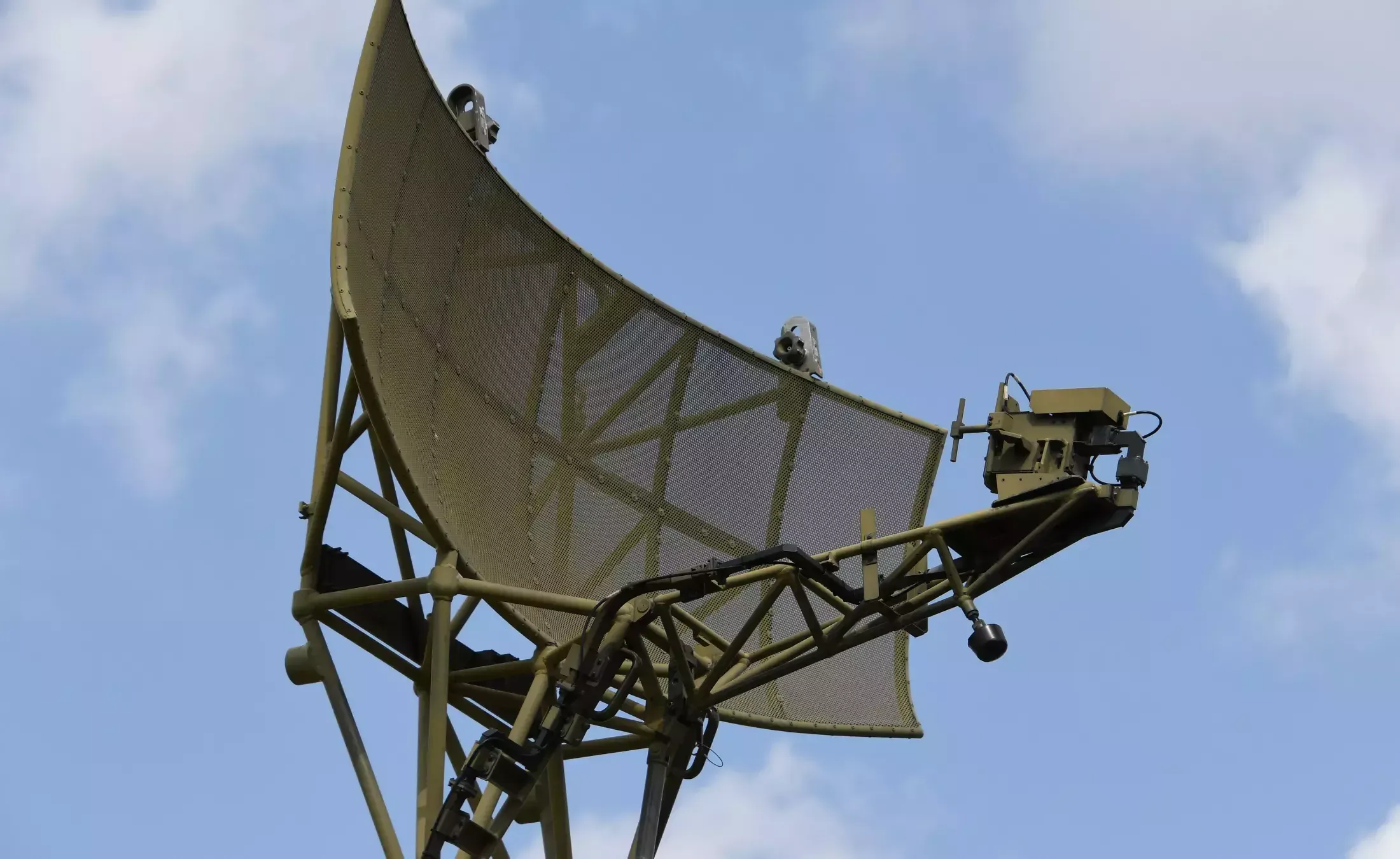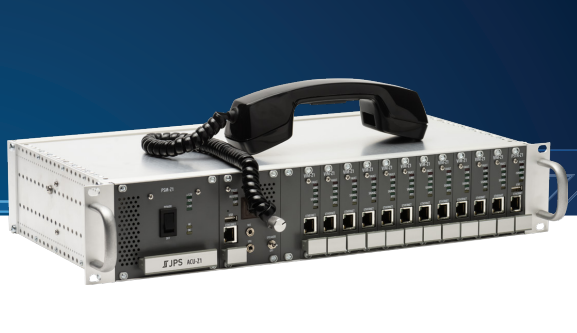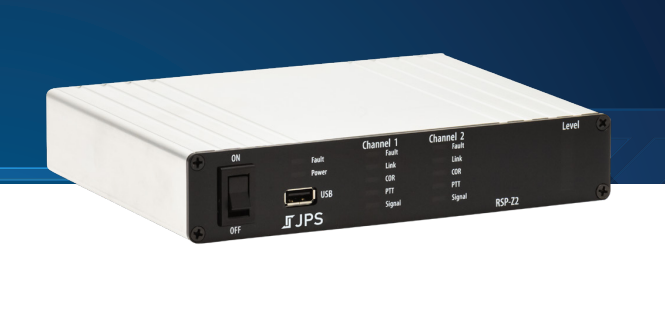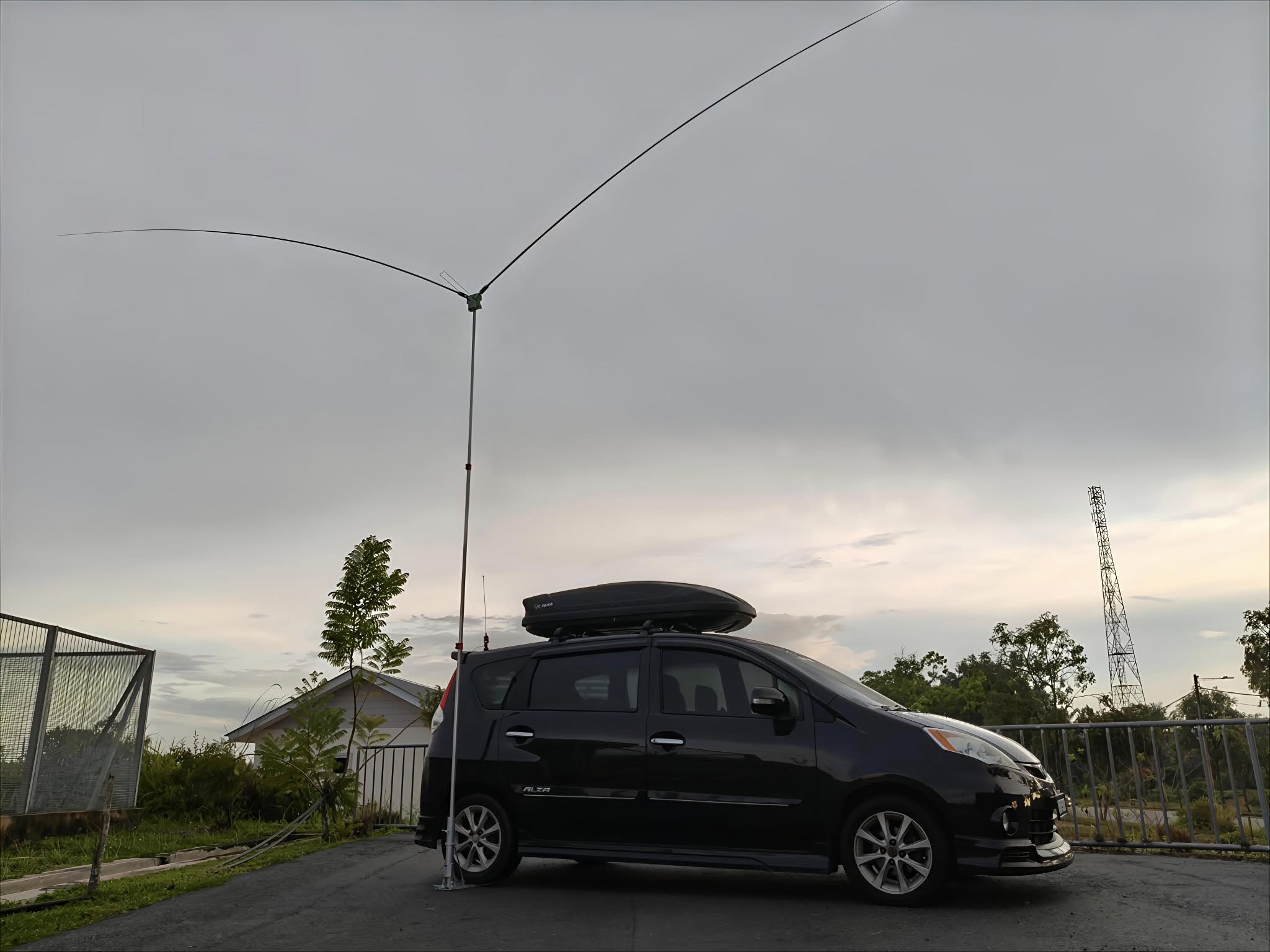antenna
antenna design
communications intelligence
electronics intelligence
electronics warfare
military
military communications
military radio
radar
signals intelligence
antenna characteristics, antenna design, antenna engineering, antenna gain, antenna performance, antenna polarization, antenna radiation pattern, antenna theory, antenna types, aviation radar, beamwidth, dipole antennas, electromagnetic waves, electronic warfare, EW, microwave antennas, military radar, phased array radar, radar antennas, radar beam steering, radar signals, radar systems, radar technology, reflector antennas, RF antennas, sidelobes, signal processing, surveillance radar, waveguide antennas
9M2PJU
0 Comments
Sculpting the Electromagnetic Wave: A Deep Dive into Radar Antennas
Radar, the silent sentinel of the electromagnetic spectrum, relies heavily on its antennas to perform its critical functions. These intricate structures act as the bridge between the radar system and the vast expanse of free space, shaping the transmitted signals and capturing the faint echoes that reveal hidden targets. Understanding the principles and types of radar antennas is crucial for comprehending the capabilities and limitations of radar systems.
The Antenna’s Essential Role: More Than Just a Metal Plate
The radar antenna performs several vital functions:
- Impedance Matching: Ensuring efficient transfer of power from the transmitter to free space, minimizing signal loss.
- Beam Forming: Concentrating the transmitted energy into a focused beam, increasing the radar’s range and accuracy.
- Signal Collection: Gathering the weak reflected signals and directing them to the receiver for processing.
- Beam Steering: Controlling the direction of the radar beam, either mechanically or electronically, to scan the desired area.
Navigating the Antenna Landscape: Key Terminology
To understand radar antennas, we must first grasp some fundamental concepts:
- Antenna Gain: The measure of an antenna’s ability to concentrate power in a specific direction, compared to an isotropic antenna. Higher gain translates to longer range and improved signal strength.
- Beamwidth: The angular width of the radar beam, typically measured at the half-power points. Narrower beamwidths provide higher resolution and accuracy.
- Angle or Cross-Range Resolution: The ability to distinguish between targets at the same range but different bearings, determined by beamwidth and range.
- Antenna Radiation Pattern: A graphical representation of the antenna’s transmitted power as a function of direction, revealing the main lobe and sidelobes.
- Main Lobe: The primary beam of the antenna, designed to maximize power density.
- Sidelobes: Secondary beams that can cause unwanted signal reception and wasted power.
- Polarization: The orientation of the electromagnetic wave’s electric field, affecting the antenna’s ability to receive desired signals and reject clutter. Linear and circular polarization are common types.
From Transmitter to Antenna: The Role of Transmission Lines
Transmission lines carry the radar signal from the transmitter to the antenna. Two primary types exist:
- Coaxial Cables: Suitable for lower frequencies, but suffer from significant losses at higher frequencies.
- Waveguides: Hollow metal tubes that efficiently transmit high-frequency signals with minimal loss.
The Building Blocks of Radar Antennas: Diverse Designs
Radar antennas come in various forms, each tailored to specific applications:
- Dipole Antennas: Simple antennas used at lower frequencies, often arranged in Yagi arrays for increased directivity.
- Reflector Antennas: The most common type, using a reflective surface to focus the radar beam.
- Parabolic Reflectors: The classic design, producing a focused beam.
- Modified Parabolic Reflectors: Such as orange-peel and truncated paraboloids, used for specific beam shapes.
- Cosecant Squared (cosec²) Reflectors: Used for ground-based search and airborne mapping, providing uniform altitude coverage.
- Stacked-Beam Antennas: Providing equal power illumination across various ranges.
- Cassegrain Antennas: Using a sub-reflector for improved performance and reduced aperture blocking.
- Twisted Cassegrain Antennas: Further reducing aperture blocking through polarization manipulation.
- Slotted Waveguides: Waveguides with precisely cut slots that radiate electromagnetic energy, used in airborne intercept radars.
- Phased Arrays: Advanced antennas with electronically controlled radiating elements, enabling rapid beam steering and multi-function capabilities.
- Active Arrays: Each radiating element contains a transceiver, allowing for high power generation and graceful degradation.
Phased Arrays: The Pinnacle of Radar Antenna Technology
Phased arrays offer significant advantages:
- Rapid Beam Steering: Enabling complex scan patterns and simultaneous tracking of multiple targets.
- High Power Generation: Achieved through the use of numerous radiating elements.
- Sidelobe Control: Minimizing clutter and jamming susceptibility.
- Graceful Degradation: Continued operation even with the failure of some elements.
However, phased arrays are complex and expensive, and their electronic scanning is limited to a certain angular range.
The Importance of Antenna Characteristics in Electronic Warfare
Understanding antenna characteristics is crucial in an Electronic Warfare (EW) context. Beamwidth, gain, polarization, and sidelobe levels affect a radar’s ability to perform in a jamming environment. By analyzing these parameters, we can identify the radar’s function and assess its vulnerabilities.
Conclusion: The Unsung Hero of Radar Systems
Radar antennas, often overlooked, are essential components of radar systems. Their ability to shape and direct electromagnetic waves determines the radar’s performance and capabilities. As technology continues to advance, antenna designs will evolve, enabling even more sophisticated radar applications.







Post Comment